Disclosure: This article contains affiliate links. We may earn a commission from purchases at no extra cost to you, which helps our travel content.
The first light of dawn breaks over the Hazrati Mir Sayyid Ali Hamadani mausoleum, painting the ancient dome in hues of gold and amber. I adjust my aperture, waiting for that perfect moment when the light reveals the intricate patterns etched into the centuries-old structure. This is Kulob, Tajikistan—a city where time seems to flow differently, where history isn't confined to museums but breathes through the streets, the architecture, and most vividly, through the eyes of its people. Che bellezza straordinaria—what extraordinary beauty lies in these overlooked corners of Central Asia.
Preparing for Tajikistan's Hidden Gem
Kulob isn't your typical tourist destination, and that's precisely its charm. Located about 200 kilometers southeast of Dushanbe, this 2,700-year-old city remains largely untouched by mass tourism, offering photographers an authentic canvas that's increasingly rare in our Instagram-saturated world.
Before embarking on this journey, I spent weeks researching Tajik culture and history. The investment in a quality phrase book proved invaluable—while Russian is widely spoken, connecting with locals in their native Tajik opens doors no camera lens could ever reach alone.
Preparing for Tajikistan means embracing a certain level of unpredictability. Power outages are common, even in Kulob, making a reliable solar charger essential for keeping camera batteries and devices powered. The spring weather brings comfortable temperatures (15-25°C) during the day but can drop significantly at night, especially if you venture into the surrounding mountains for landscape photography.

💡 Pro Tips
- Apply for your visa and GBAO permit well in advance (at least one month)
- Exchange currency in Dushanbe before heading to Kulob—ATMs are scarce and often unreliable
- Learn basic Tajik phrases—locals deeply appreciate the effort and will be more open to being photographed
The Sacred Light: Photographing Kulob's Historical Treasures
Kulob's crown jewel is undoubtedly the Hazrati Mir Sayyid Ali Hamadani mausoleum, dedicated to the 14th-century Sufi poet and philosopher. As a photographer seeking authenticity, I found myself returning to this site repeatedly at different hours, watching how the changing light transformed its character.
The golden hour here is truly magical—arrive at least 30 minutes before sunrise to capture the first light kissing the turquoise dome. The complex opens early for prayers, and I found the caretakers welcoming of respectful photographers. One elderly man, noticing my interest in the calligraphy, spent an entire morning explaining the significance of various inscriptions, a conversation bridged by my limited Tajik and his enthusiastic gestures.
For interior photography, a portable LED light proved invaluable in the dimly lit chambers, allowing me to illuminate details without the harshness of a flash. Remember that this is an active religious site—dress modestly, remove shoes when required, and always seek permission before photographing worshippers.
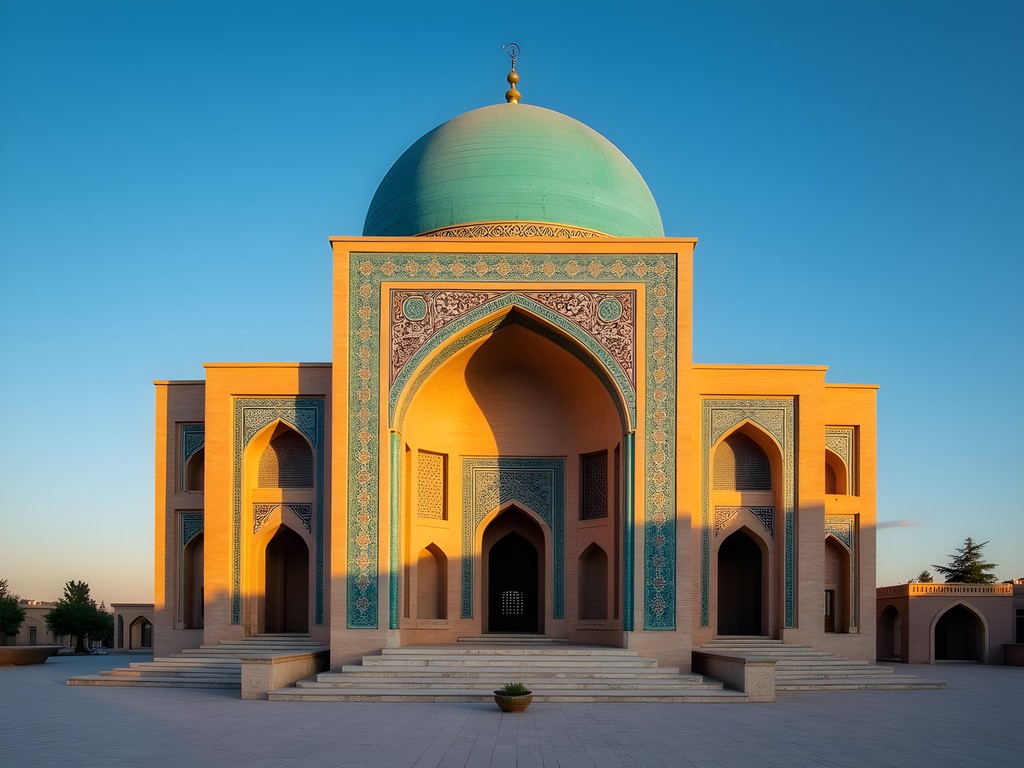
💡 Pro Tips
- Visit the mausoleum multiple times—morning light emphasizes the exterior architecture while afternoon light illuminates the interior details
- Use a polarizing filter to enhance the blue dome against Tajikistan's remarkably clear skies
- Seek permission from the caretaker for tripod use inside the complex—often granted to respectful photographers
Faces of Kulob: Portrait Photography in the Ancient City
The true soul of Kulob resides in its people—farmers from the surrounding valleys, artisans continuing centuries-old traditions, and children whose expressions carry both timeless innocence and contemporary curiosity.
The central bazaar, especially on Saturday mornings, offers an unparalleled opportunity for environmental portraiture. Here, the challenge isn't finding interesting subjects but approaching them with appropriate respect. My technique involves purchasing small items—a handful of dried apricots, a cup of tea—and establishing a connection before ever raising my camera.
"Prima conosci, poi fotografa"—first know, then photograph—my mother's advice has served me well in places like Kulob, where genuine human connection transcends language barriers. I carry a instant photo printer to give physical prints to those I photograph—a gesture that transforms the dynamic from extraction to exchange and often leads to invitations into homes and workshops that tourists rarely see.
For candid street photography, I've found my neutral density filter essential for maintaining creative control in Kulob's bright spring sunshine while using wider apertures to isolate subjects against the textured backdrops of ancient walls and weathered doorways.
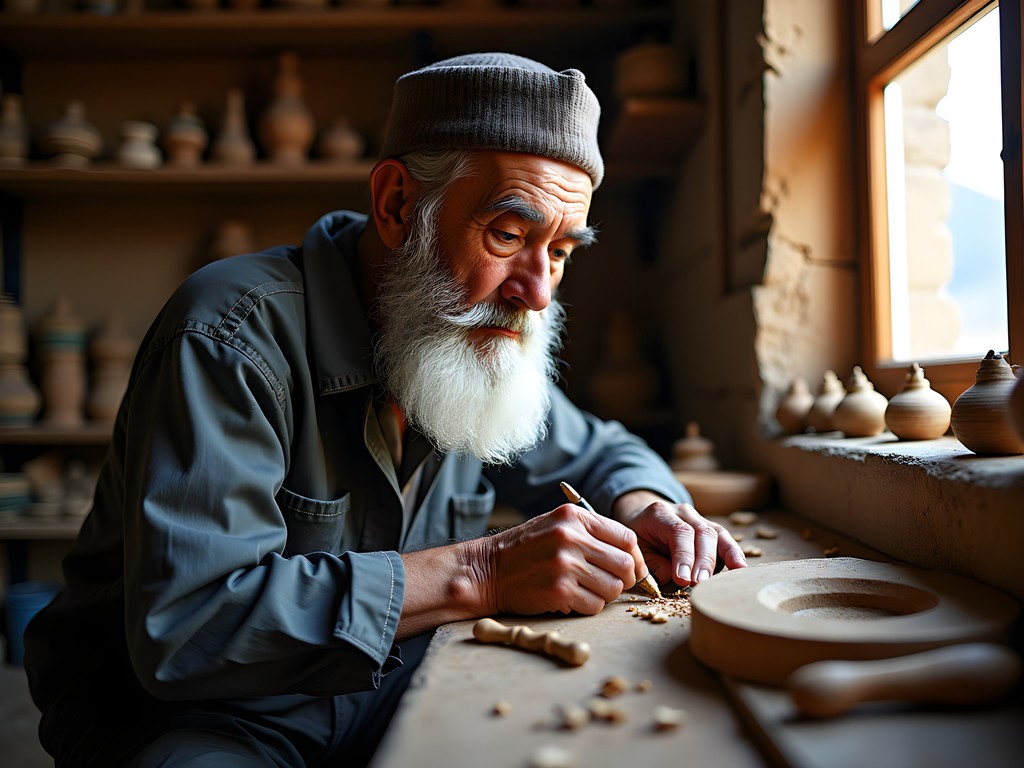
💡 Pro Tips
- Learn to ask for photo permission in Tajik: 'Mumkin ast, ki man surati shomoro giram?' (May I take your picture?)
- Carry small prints from previous days to show potential subjects—this builds trust and helps explain your intentions
- Use a longer lens (85mm or 135mm) for market photography to maintain a respectful distance while capturing authentic moments
Beyond the City: Landscape Photography in Kulob's Surroundings
While Kulob itself offers endless photographic opportunities, the surrounding landscapes provide a dramatic counterpoint to the urban imagery. The rolling hills and agricultural terraces that embrace the city transform into a patchwork of emerald and gold during spring, creating compositions that seem almost deliberately designed for the camera.
For serious landscape work, I spent two days exploring the foothills of the Hazrati Shoh mountain range, about an hour's drive from the city center. Here, shepherds guide their flocks through mist-shrouded valleys at dawn, creating scenes that evoke a timelessness rarely found in more touristed regions.
The unpaved roads demand proper preparation—I was grateful for my water filtration system as finding clean water can be challenging in remote areas. The elevation also brings significant temperature drops after sunset, making a packable down jacket essential even in spring.
For these landscape expeditions, hiring a local driver through your guesthouse is both practical and enriching—my driver Firuz not only navigated challenging terrain but pointed out photographic opportunities I would have otherwise missed, including a stunning valley where local families were harvesting mulberries, creating a perfect harmony of human and natural elements.

💡 Pro Tips
- Pack microfiber cloths for your lenses—spring brings occasional dust storms in the valleys
- Use a graduated ND filter for balancing the bright Tajik sky with the darker foregrounds
- Rise early for the magical morning mist that settles in the valleys—it typically burns off by 8am
Cultural Immersion: Documenting Festivals and Traditions
My week in Kulob fortuitously coincided with Navruz celebrations—the Persian New Year that marks the spring equinox. This ancient festival transforms the already vibrant city into an explosion of color, music, and ceremonial traditions that date back millennia.
For photographers, these cultural events present both opportunity and challenge. The dynamic movement, crowds, and unpredictable lighting conditions demand technical flexibility. I found switching to my fast prime lens essential for capturing the swift movements of traditional dancers while maintaining image quality in variable light conditions.
The festivities centered around Kulob's main square, where tables groaned under the weight of traditional foods—especially sumalak, a sweet pudding made from germinated wheat that symbolizes fertility and new life. Women in vibrant atlas silk dresses performed traditional dances while men demonstrated horseback riding skills in impromptu displays of horsemanship.
Gaining access to more intimate family celebrations required connections—here, the friendships I'd cultivated earlier in my stay proved invaluable. One family invited me to document their private Navruz gathering, where three generations prepared traditional dishes together and performed rituals rarely witnessed by outsiders. For these intimate settings, my audio recorder captured the songs and stories that accompanied the visual feast, adding depth to my documentation of these living traditions.
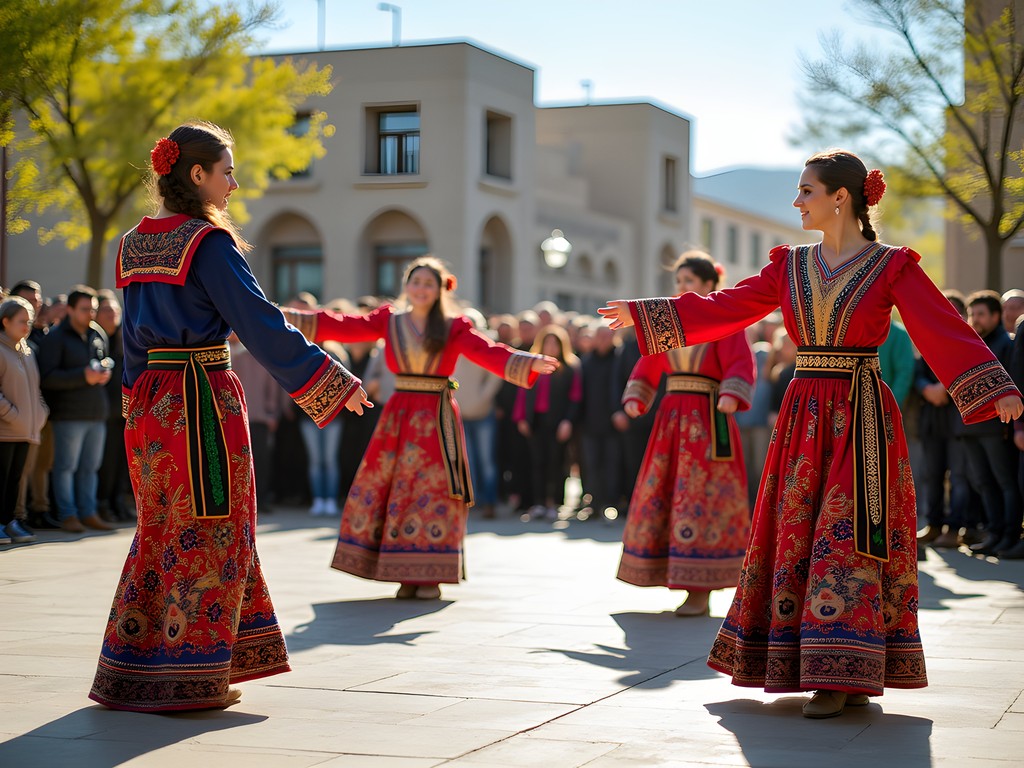
💡 Pro Tips
- Research cultural events before your trip—many smaller festivals don't appear on tourism calendars but offer authentic photographic opportunities
- Always ask before photographing religious ceremonies or rituals—some may welcome documentation while others consider it intrusive
- Carry small gifts (quality tea or sweets) to thank families who welcome you into their homes for cultural celebrations
Final Thoughts
As my final evening in Kulob arrives, I find myself atop a small hill overlooking the city, watching as the last light gilds the ancient domes and minarets before surrendering to the deep blue of a Central Asian night. My memory cards are full of images, yet I know they capture only fragments of this extraordinary place.
Kulob offers what has become increasingly rare in our hyperconnected world—an authentic experience largely untouched by the homogenizing forces of global tourism. For photographers willing to venture beyond the familiar, to embrace uncertainty and connection, these ancient streets offer visual treasures that can't be found on any social media feed.
What I take with me extends beyond photographs—the taste of freshly baked non bread shared by a family I photographed, the sound of children reciting poetry in a language I don't understand but whose rhythm moved me nonetheless, and the sensation of standing where countless others have stood across millennia, bearing witness through my lens to the continuing story of this resilient city. Fino alla prossima volta, Kulob—until next time, when I return to capture the faces and light of another season in this remarkable corner of Tajikistan.
✨ Key Takeaways
- Kulob rewards photographers who invest time in building relationships with locals before focusing on capturing images
- Visit historical sites at different times of day—the changing light transforms architectural details and creates varied photographic opportunities
- Spring offers the perfect balance of comfortable temperatures, green landscapes, and cultural festivals like Navruz
- Prepare for limited infrastructure with backup power solutions and water filtration systems for excursions beyond the city
- The most compelling images often emerge from genuine cultural exchange rather than planned photographic expeditions
📋 Practical Information
Best Time to Visit
Mid-March to May (spring)
Budget Estimate
$50-100 USD per day including accommodation, food, and local transportation
Recommended Duration
Minimum 5-7 days to properly explore the city and surrounding areas
Difficulty Level
Challenging


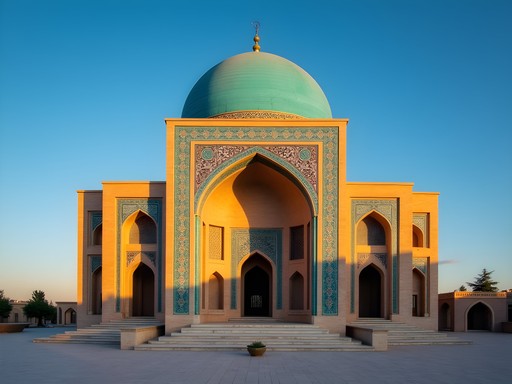
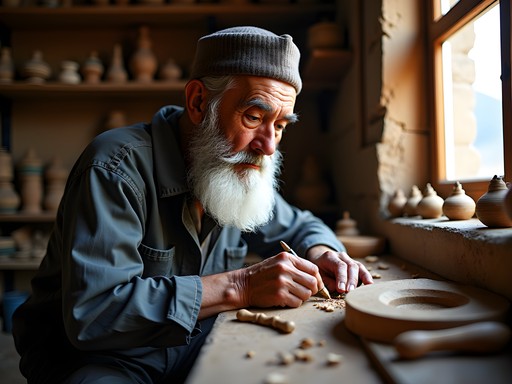
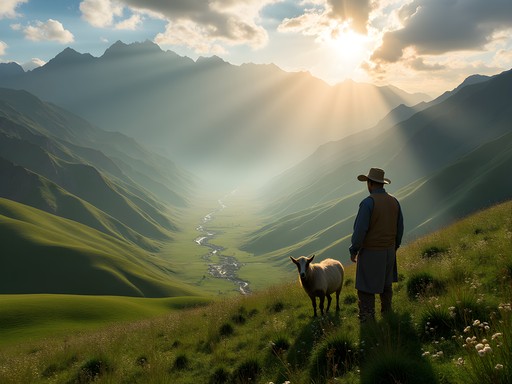
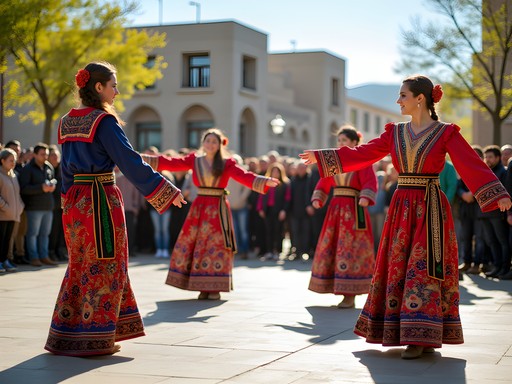


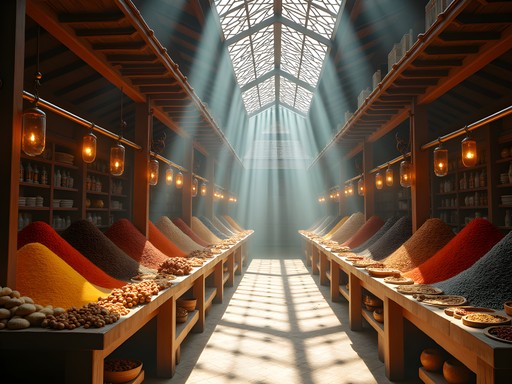






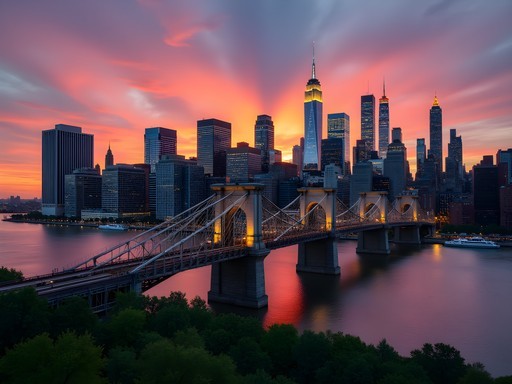
Comments
WorldWanderer85
Going to Tajikistan next month! How many days would you recommend for Kulob? Is it worth staying overnight?
Kevin White
Definitely stay at least one night, ideally two. The morning light on the mausoleum is worth it alone, and you'll want time to explore the surrounding villages. The guesthouse mentioned in the post is basic but clean and the family is incredibly hospitable.
starmate
Beautiful shots! How safe did you feel wandering around with expensive camera gear? Any issues with locals not wanting their photos taken?
Kevin White
I felt very safe throughout Tajikistan. Just use common sense - don't flash expensive gear unnecessarily. For portraits, always ask first - I found a simple gesture pointing to my camera was enough. Most people were flattered and curious!
starmate
That's reassuring, thanks! Adding Kulob to my bucket list now!
TrekkerJane
Your photos capture such authenticity! Adding Kulob to my bucket list now.
Gregory Boyd
Excellent post, Kevin. I visited Kulob last year during my Central Asia tour and was struck by how few international visitors there were. The Hazrati Mir Sayyid Ali Hamadani mausoleum is indeed spectacular at dawn, though I found the local markets equally photogenic. Did you venture to the salt mountain (Khoja Mumin) about 20km outside the city? The crystalline formations create fascinating abstract compositions, especially with a polarizing filter. I'd add that having a Tajik phrasebook was invaluable - English is very limited outside Dushanbe, and a few basic phrases opened many doors (and many invitations to tea!).
Kevin White
Thanks Gregory! Yes, I did make it to Khoja Mumin - those salt formations are otherworldly. You're absolutely right about learning some Tajik phrases. 'Rahmat' (thank you) goes a long way!
adventureace
How was getting around Kulob? Did you hire a driver or use public transportation?
Gregory Boyd
I used a mix of shared taxis within the city (very affordable) and hired a driver for day trips to surrounding areas. Local drivers know the best spots and timing for photography. Most charge around $30-40 for a full day.
hikingstar
Those portrait shots are incredible! The elderly man with the traditional hat - so much character!
adventureace
Wow, these photos are stunning! What camera setup did you use in Kulob? I'm planning a trip to Central Asia next year and wondering about gear.
Kevin White
Thanks! I used my Sony A7IV with primarily the 24-70mm f/2.8 for versatility. The early morning light at the mausoleum was magical - definitely worth getting up at 5am!
adventureace
Awesome, thanks for the info! Did you have any issues taking photos at religious sites?
Kevin White
Always ask permission first, especially inside. Most people were incredibly welcoming once I showed respect. I also carried my camera bag which doesn't scream 'tourist' and helps blend in.
beachstar
Wow! Never even heard of Kulob before but now I want to go! Those portrait shots are amazing - how did you get people to be so natural in front of the camera? I always feel awkward asking strangers for photos when traveling.
Kevin White
Thank you! The key is spending time with people before bringing out the camera. I usually start conversations (even with limited language), buy something small from their shop, or just smile and show genuine interest. I always carry my instant camera to give people prints of their photos - it's a great icebreaker and leaves them with something tangible.
beachstar
That's such a good idea with the instant prints! Definitely going to try that approach on my next trip.
Douglas Bradley
Kevin, your approach to capturing the interplay of light in Kulob's architecture is masterful. I particularly appreciate your section on portrait photography and the ethical considerations you outlined. I spent three weeks in Tajikistan last autumn documenting the Pamir Highway, but regrettably missed Kulob. Your insights on transportation logistics from Dushanbe are particularly valuable - the shared taxi tip would have saved me considerable hassle. Did you find the local authorities had any concerns about drone photography? I encountered varying responses in different regions of the country.
Kevin White
Thanks Douglas! Regarding drones, I actually left mine at home after reading about the restrictions. In Kulob, I noticed several military installations in the vicinity, so I stuck to ground-level photography. Better safe than sorry, especially in more remote regions where rules might be interpreted differently.
Douglas Bradley
Wise decision. I found myself in an uncomfortable conversation with officials near the Afghan border when I merely inquired about aerial shots. Your ground-level work clearly didn't suffer for it - those golden hour landscapes are spectacular.
nomadrider2471
Those shots of the Hazrati Mir Sayyid Ali Hamadani mausoleum are incredible! I visited Kulob last year but my photos didn't turn out nearly as good. Did you need special permission to photograph inside the religious sites? I got shooed away at a couple of spots.
Kevin White
Thanks! I always ask permission first and usually offer to show the photos to the caretakers. Speaking a few words of Tajik helps break the ice too. I found most people were welcoming once they understood I was there to appreciate, not just to take.
nomadrider2471
That makes sense. I should've learned more than just 'hello' and 'thank you' before going. Next time!
dreamvibes
Kevin, besides Kulob, what other places in Tajikistan would you recommend for photography? Your landscapes are incredible!
Kevin White
Thanks dreamvibes! Don't miss the Pamir Highway for epic mountain landscapes, Iskanderkul Lake for reflections, and definitely spend time in Dushanbe's markets. The Fann Mountains are less visited but offer some of the most dramatic scenery I've ever photographed.
Venture X
Premium card with 2X miles, $300 travel credit, Priority Pass